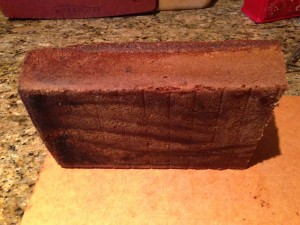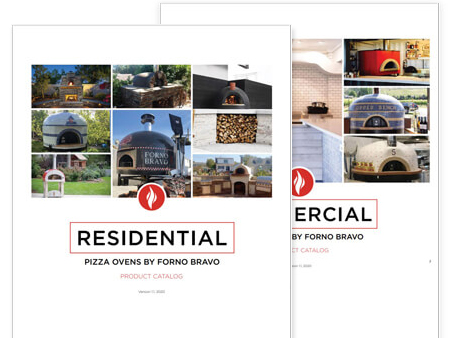Wall and Floor Temperature in a Conventional Oven
Dec 10, 2012Posted by Forno BravoI had an interesting encounter with the conventional electric oven in our kitchen yesterday (not one of the more interesting pizza ovens on my patio). We were doing some Sunday baking that included a loaf of banana bread, two trays of mince pies and a sheet of focaccia. Yum.
Anyway, at one point the two trays with the mince pies were assembled and ready, but the banana bread was already in the oven — so I moved the banana bread to the bottom of the oven and set both trays of pies on the racks. The oven was on convection bake at 350F deg. What’s interesting is after a couple of minutes you could smell scorching, and I quickly removed a tray of pies, and put the bread back on the rack. As the first round of pies were done, I swapped the other tray in, and everything worked out nicely.
But why did the bottom of my bread burn so quickly?
I got my infrared thermometer, and confirmed that the floor (and walls for that matter) were about 350F deg. This seems to be a case where the heat in the oven floor is conducting through the metal loaf pan faster (much faster) than the air (is the air also 350F deg?).
Time to do some research into this. It would be interesting to understand the physics of this. One last point, this does seem to confirm the recommendation that you put your Pizza Stone on the bottom of your oven, rather than on a rack — for more efficient heat conduction.
Here are my scorch marks. Other than, this is a really nice loaf of bread.






